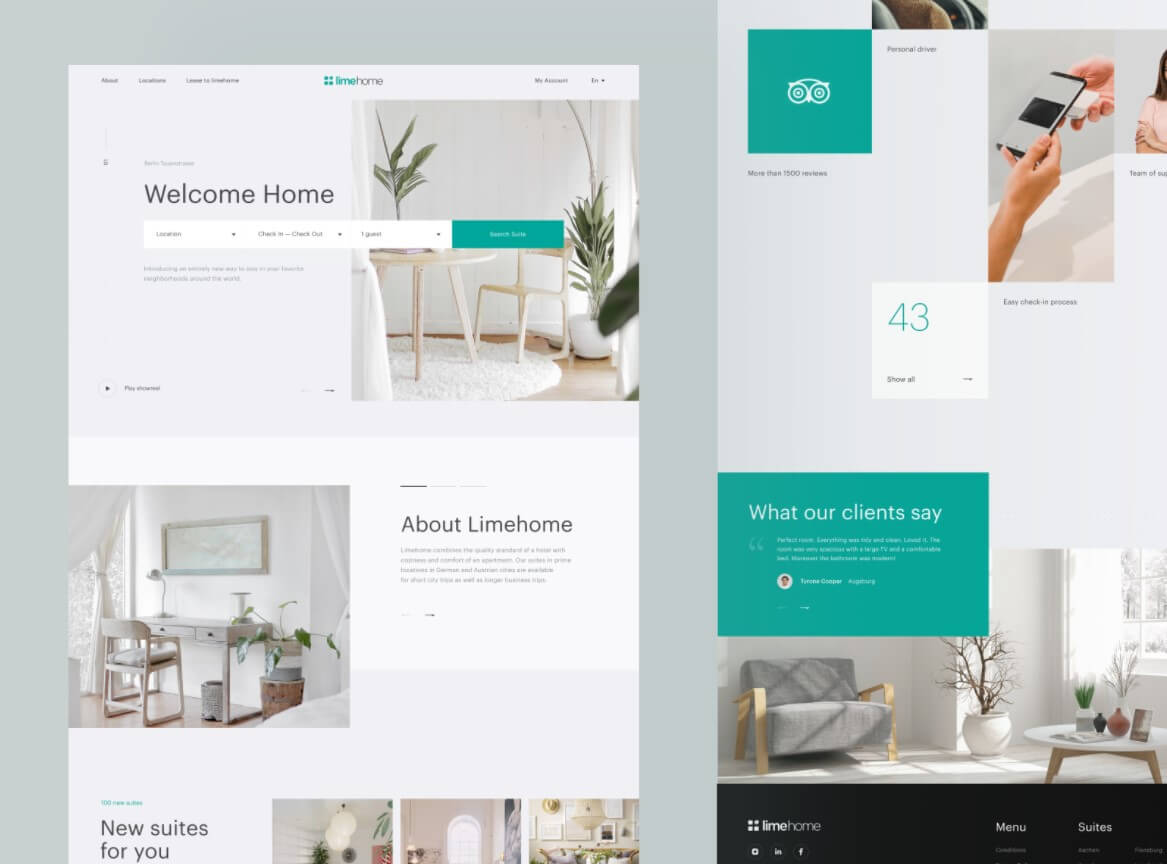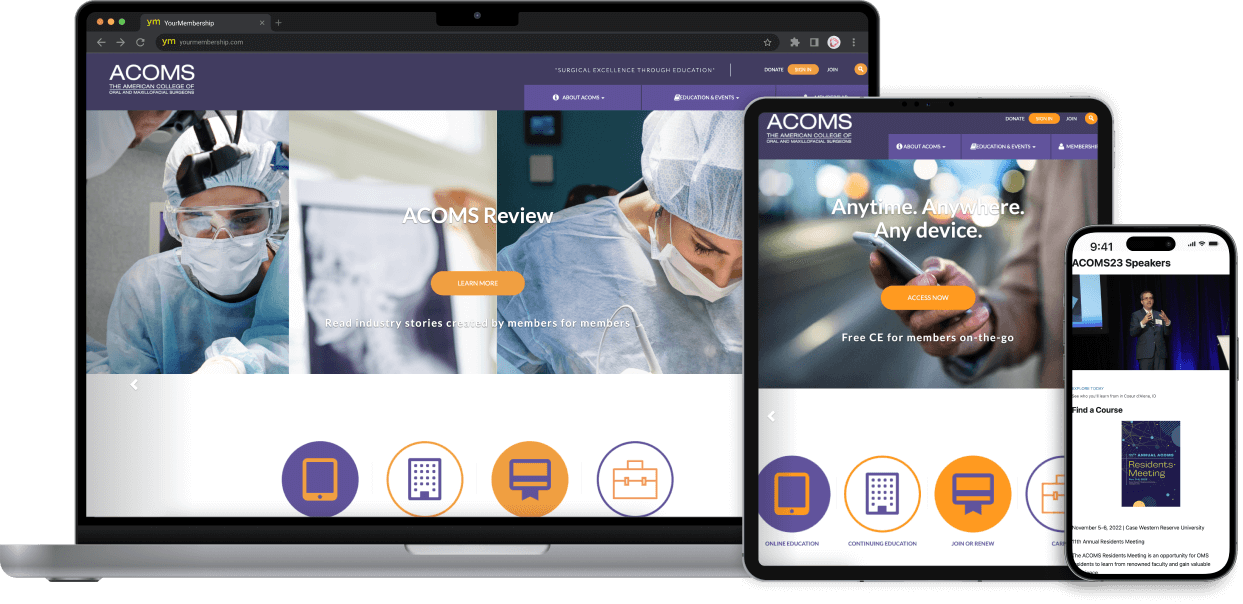Proven Approaches for Successful Website Design
In the ever-evolving globe of website design, it is crucial to remain ahead of the contour and use tested strategies that assure success. This guide aims to provide specialists in the field with vital insights and methods to accomplish effective website design. By taking on a user-centered method, designers can produce interfaces that accommodate the needs and preferences of their target audience. Mobile-friendly and receptive layouts make certain seamless individual experiences throughout numerous devices. Reliable navigation and site framework contribute to simple exploration and access. Consistent branding and aesthetic identity establish a recognizable and strong online visibility. Lastly, enhancing web page rate and efficiency boosts customer satisfaction and motivates higher interaction. In this guide, we will discover these proven methods carefully, supplying beneficial pointers and strategies to boost your website design abilities.
User-Centered Style
User-centered style is a necessary technique that prioritizes the needs and choices of the target audience in order to create an effective internet design. By putting the customer at the center of the layout procedure, this method guarantees that the end product satisfies their expectations and provides a favorable user experience.

As soon as the research study is complete, the following step is to create customer characters. These characters represent the different types of users that will certainly engage with the web site - Houston Website Design. By determining their goals, inspirations, and pain points, developers can craft a layout that addresses their specific requirements
The user-centered style procedure additionally entails conducting use testing. This permits designers to collect feedback from genuine users and make needed modifications to improve the internet site's usability. By continually fine-tuning the layout and iterating based upon user responses, designers can make certain that the end product meets the demands and choices of the target audience.
Receptive and Mobile-Friendly Layouts

Mobile-friendly layouts exceed simply responsive layout. They focus on developing a user experience that is especially tailored to mobile tools. This consists of optimizing the internet site's packing speed, streamlining navigation, and making interactive elements easily clickable with touchscreens. Mobile-friendly formats likewise take into consideration the limitations of mobile phones, such as smaller screens and slower web links, to supply a smooth surfing experience.
Incorporating mobile-friendly and receptive designs not just improves functionality yet also has a substantial influence on search engine optimization (SEARCH ENGINE OPTIMIZATION) Google, as an example, prioritizes mobile-friendly websites in its search engine result, making it essential for sites to have a mobile-friendly design to enhance their visibility and reach.
Efficient Navigation and Site Framework
A well-designed navigation system permits individuals to conveniently find the info they are looking for, resulting in a positive user experience. When developing the navigating for a website, it is crucial to take into consideration the target audience and their browsing habits.
One efficient method for navigating is to use a leading or side food selection that exists on every web page of the site. This enables customers to easily access various areas of the website without having to go back to the homepage. One more method is to consist of a search bar that enables users to rapidly browse for details material.
In enhancement to navigating, the overall website structure plays a crucial function in the success of a website. A well-organized structure assists users comprehend the power structure of information and just how different web pages connect to each various other. It is vital to develop a rational circulation from one page to one more, guaranteeing that customers can conveniently browse between different sections of the internet site.
Constant Branding and Aesthetic Identification
A constant branding and aesthetic identity are necessary elements in successful website design. When users check out a site, they must instantly acknowledge and link it with a certain brand. This Website Designer in Houston acknowledgment develops trust and reputation, enhancing the likelihood of users involving with the site and its content.
Uniformity in branding includes components such as logos, colors, typography, and imagery. These components must be utilized consistently throughout the internet site to create an unified and natural experience. For instance, utilizing the exact same logo design and color pattern on every web page helps users conveniently navigate the site and recognize.
Aesthetic identity exceeds branding and encompasses the general look and feeling of the internet site. It consists of the layout, use whitespace, font choices, and imagery design. An aesthetically appealing web site that straightens with the brand's individuality and target audience produces a favorable perception and keeps customers engaged.
Maintaining a constant branding and aesthetic identification likewise aids in producing an unforgettable individual experience. When customers encounter constant and familiar components throughout various platforms and touchpoints, it enhances the brand's message and worths.
Optimized Web Page Speed and Performance
In today's busy digital world, users have little persistence for slow-loading websites. Researches have revealed that also a one-second delay in web page tons time can result in a considerable decline in user engagement and conversions.
One effective strategy for improving web page rate is enhancing pictures. Images frequently account for a significant section of a web page's data size, leading to slower loading times. By pressing and resizing photos without giving up quality, designers can significantly reduce page tons times.
One more essential facet of maximizing web page speed is lessening HTTP demands. Every aspect on a webpage, consisting of scripts, photos, and stylesheets, needs an HTTP request. By decreasing the number of requests, developers can simplify the packing process and boost efficiency.

Conclusion
Finally, executing user-centered style, responsive layouts, efficient navigation, consistent branding, and enhanced page rate are tested techniques for effective website design. By prioritizing the requirements and choices of customers, making sure compatibility with mobile phones, organizing material efficiently, preserving a regular aesthetic identity, and maximizing performance, web sites can provide a positive user experience and accomplish their goals. These strategies contribute to the overall use and performance of a site, ultimately resulting in increased individual involvement and complete satisfaction.
By continually repeating and improving the style based on individual feedback, developers can ensure that the final item meets the demands and preferences of the target audience.
A properly designed navigating system allows users to easily find the information they are looking for, resulting in a positive user experience. It is crucial to develop a sensible flow from one web page to an additional, ensuring that customers can quickly navigate between different sections of the website.
Using the very same logo and shade plan on every web page helps customers easily identify and navigate the web site.
By focusing on the needs and preferences of customers, ensuring compatibility with mobile gadgets, arranging content efficiently, maintaining a regular aesthetic identity, and enhancing performance, web sites can supply a positive customer experience and achieve their objectives. - Website Designer in Houston